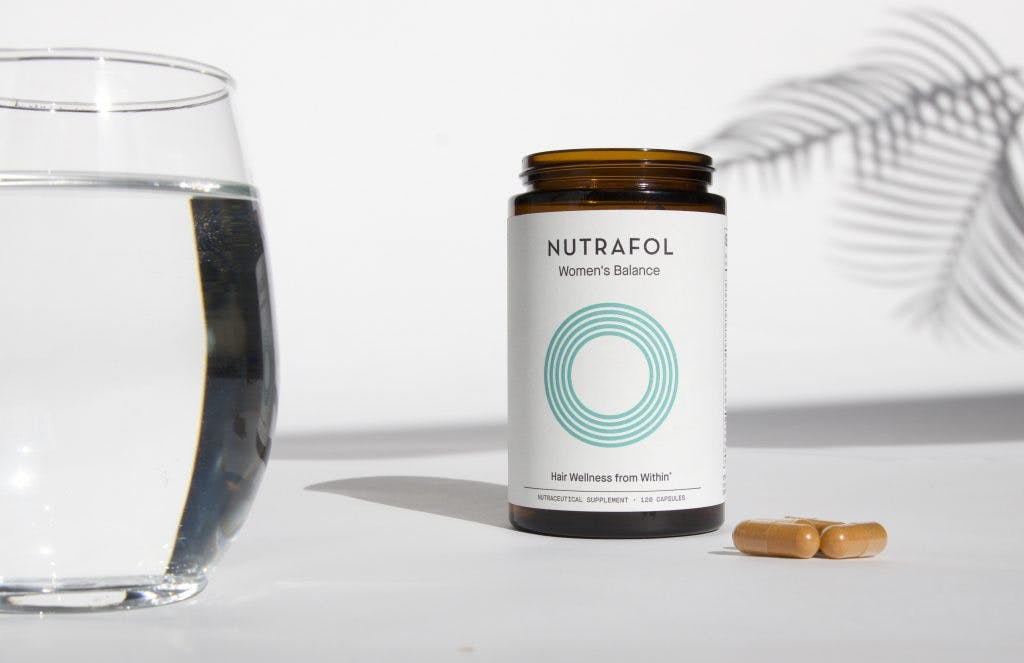One way to combat oxidative damage is to add antioxidant-rich foods into your diet. Think: green tea, berries, colorful fruits, and vegetables. Berries in particular are great because they are a rich source of astaxanthins, which helps protect the cells and decrease markers of oxidative stress. You can also get your fill of astaxanthin in Nutrafol Women’s Balance.
Of course, we can’t forget about hair care:
Protect your hair from the sun by wearing hats, especially if gray hair is present, because it’s more vulnerable to damage from ultraviolet radiation.
Nourish hair with an oil treatment to restore shine lost to changes in oil composition. Some great oils to consider include castor oil or coconut oil. Simply massage into the scalp lightly to stimulate circulation and leave in for at least 20 minutes to overnight.
Avoid shampoos with harsh detergents (sulfates) that strip hair of its beneficial oils.
Most importantly, remember to be patient with yourself and your hair. Know that the positive changes you’re making to your lifestyle and supplement routine will pay off in stages: better sleep, less stress, and improved well-being. And from that, your hair will reap the benefits.



